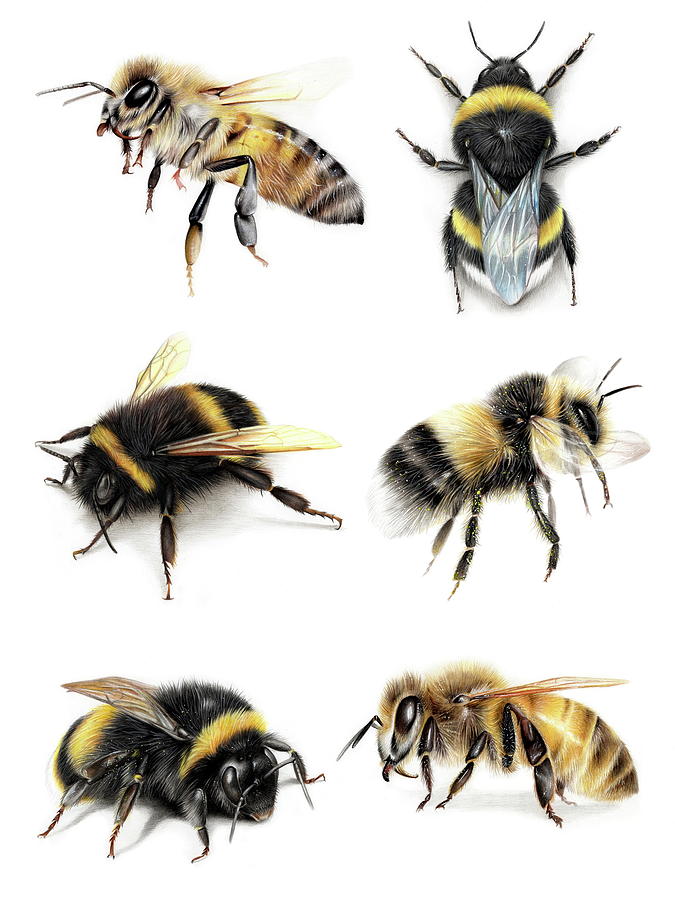

Bee, wasp, and hornet stings are painful. Other signs of an allergic reaction include difficulty breathing, nausea, hives, or dizziness.Ĭonsider taking over-the-counter pain medication. However, if the swelling moves to other parts of your body, such as your face or neck, go to the emergency room immediately, as you might be having an allergic reaction. Never use tweezers to remove a stinger, as squeezing it can cause more venom to release into your skin.Īpply a cold pack to reduce swelling.

If the stinger remains in your skin, remove it by scraping over it with your fingernail or a piece of gauze. If you are stung, calmly walk away from the area to avoid additional attacks. Although most bees usually only sting once, wasps and hornets can sting again. To treat a sting from a bee, wasp, or hornet, dermatologists recommend the following tips: The longer the stinger stays in the skin, the more venom it releases, adding to the person’s pain and swelling.

The first thing to do is to get the stinger out quickly. To help alleviate the panic, it’s important to know what to do - and not do - to treat a bee sting. The next minute a piercing scream reveals that one them has been stung by a bee. One minute the kids are all playing peacefully outside on a warm, spring day. To treat a sting and help relieve the pain, dermatologists offer these tips. Stings from bees, wasps and hornets can be painful. Only a board-certified dermatologist has these credentials. When it comes to treating the skin, plenty of people say they have expertise. Why choose a board-certified dermatologist? You can search by location, condition, and procedure to find the dermatologist that’s right for you.
#Bee drawing skin#
Dermatologist-approved lesson plans, activities you can useįree to everyone, these materials teach young people about common skin conditions, which can prevent misunderstanding and bullying. Public health programsĪ chronic skin condition can make attending summer camp unrealistic for some children. It can smooth out deep wrinkles and lines, but the results aren’t permanent. If you want to diminish a noticeable scar, know these 10 things before having laser treatment. You can expect permanent results in all but one area. If you have what feels like razor bumps or acne on the back of your neck or scalp, you may have acne keloidalis nuchae. Darker Skin Tonesįind out why dark spots appear and what can fade them. Sunscreen FAQsįind science-backed answers to common questions.
#Bee drawing how to#
These dermatologists' tips tell you how to protect your skin. Everyday careĮveryone's at risk for skin cancer.

Hair loss is often treatableĪugust is Hair Loss Awareness Month, which is the perfect time to discover how dermatologists help people with hair loss. A board-certified dermatologist explains what the rash looks like and when to seek medical care. Monkeypox is a contagious disease that causes a rash. Hairstyles that pull can cause hair lossįeatured Monkeypox: What you need to know.Central centrifugal cicatricial alopecia.Why choose a board-certified dermatologist?ĭermatologists team up to improve patient care Diseases & conditions Everyday care Darker Skin Tones Cosmetic treatments Public health programs Find a dermatologist Go to AAD Home


 0 kommentar(er)
0 kommentar(er)
